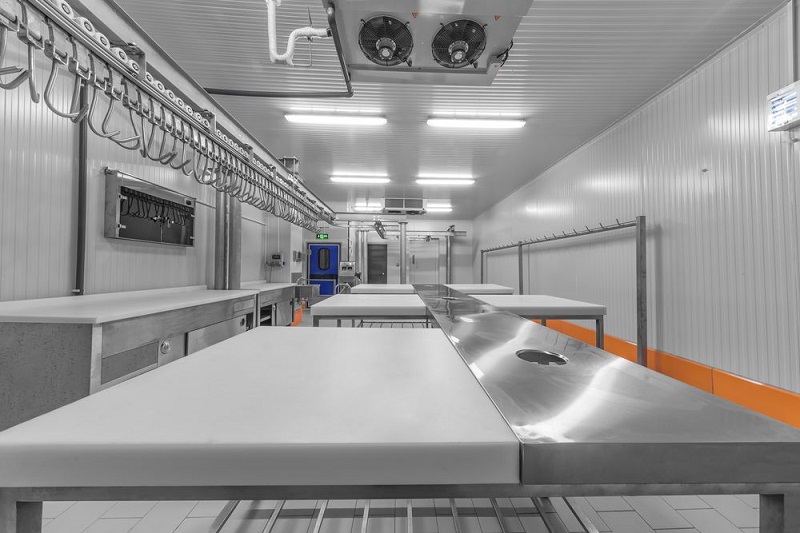
Refrigeration is the most important factor in most of the industries. It may be a large scale or a small-scale industry, in each sector requirements may vary depending upon the kind of production. The different kind of industrial refrigeration is available in the modern market and one of the most commonly used is the district cooling.
- District Cooling in Residential Areas: Chilled water is distributed to the residential areas also apart from the industrial sectors through the pipe network; the system is obtained most of the smart cities. Excessive heat is extracted from the water by the cooling process; and the water is collected from seawater or lake of the locality. One of the cheapest forms of district cooling is processing from the sea or other water bodies.
- Microgrids in Industrial Refrigeration: District cooling has taken the major up-lift because of the energy-saving facility and on the other hand the microgrids have gained popularity in the industrial belt. A local system of electricity that works with the combination of retail loads including the release of the energy. A unique method of integrated management of thermal and electrical loads that works for the cooling system.
Benefits of Microgrids in Industrial Refrigeration
The reasons behind the popularity of the industrial refrigeration are listed below.
#1. Efficient and Low-Cost: Microgrids are highly efficient and are useful to conduct and generate easy cooling to the surface. So, often other sources of the industrial refrigerator can be highly expensive, the use of the district cooling itself is one of the cheapest methods for easy cooling of the space in both the residential and industrial cooling system.
#2. Easy Operating and Stable: Reliable and resilience Clean energy also obtain the resilience locally to improve the operation of the system of district cooling and accordingly stabilize the entire cooling system that lasts for long with proper maintenance. Micro-grids are slowly gaining importance due to the criteria for localized and distributed energy.
#3. High Capacity with Less Capital: One of the most beneficial parts of the micro-girds is a part of the industrial refrigerator. It can be combined with the large central plants and further micro-grids can be added to distribution for the higher capacity factor.
#4. Reduce Fuel Use: Produce the maximum cooling with the reduced evolved energy and fewer uses of fuels. The demand of the district cooling is increasing with the competitive features. It can conduct flexible operations.
#5. Reduce Grid Congestion and Peak Loads: Often grid congestions lead to high load consumption and failure to carry high loads. This new invention of the industrial refrigerator enables to reduce the grid congestion and peak the loads as per the requirements.
District cooling stands as an efficient model in smart cooling that is used in different parts of the world. Global warming and the building of large complexes as residential areas have led to an increment in requirement of cooling systems. Big cities and towns are opting for the district cooling which is easily obtained for easy cooling and flexible conduction.
The Key Technologies of the Industrial Refrigeration: District Cooling
- Can work as dehumidifiers both in solid desiccant and liquid desiccant, also can operate in conventional air-conditioning systems.
- It can be applied in small industrial areas and also in residential areas.
- The microturbines are of small size, with very small combustion turbines.
- Requires high-pressure steam for conversion to electric energy.
- Can produce high-quality heat to produce steam for instant use in the industrial sector.
- The satisfactory function is a hot and humid climate.
As the industrial refrigeration can be of different types the district cooling through the process of Microgrids needs to be mentioned.

0 comments :
Post a Comment